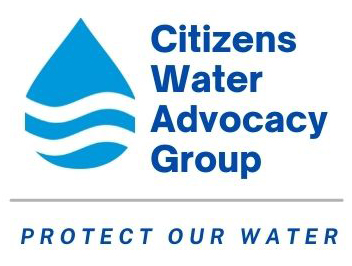Potential Future Declines in Base Flow to the Upper Verde River Due to Groundwater Extraction
Description
This report builds on earlier work by the USGS in cooperation with the Arizona Department of Water Resources and Yavapai County to develop a regional flow model for northern Arizona. The USGS, in conjunction with the Verde River Basin Partnership (VRBP) and the Town of Clarkdale, subsequently applied the model in a series of simulations to gain a greater understanding of the past and potential future human impacts on the Middle Verde River's streamflow.
The work discussed in this paper was carried out to: (A) test the accuracy and predictive capability of the model within the Big Chino and Little Chino sub-basins; (B) illustrate the historical change in base flow at the USGS Paulden and Clarkdale streamgages; and (C) perform forward-looking simulations for the period 2005-2110 that evaluate potential effects on base flow in the upper Verde River resulting from; (1) unchanged water demand from 2005 through 2110, (2) continuing drought, (3) increased water demand, (4) extraction of the ADWR allocated 12,000 acre-feet per year (ac-ft/yr) of groundwater from the central part of the Big Chino sub- basin beginning in 2020, and (5) the cumulative effect of cases (1) through (4).
My testing of NARGFM showed that excellent agreement was found between historically observed and simulated groundwater elevations within the area of concern. In addition, simulated trends in both groundwater elevation and discharge to the Verde River are accurate to within industry-standard ranges.
My forward-looking simulations using the NARGFM show that the cumulative effect of continuing drought, increased water demand, and extraction of 12,000 ac-ft/yr (16.6 cfs) of groundwater from the Big Chino, will decrease the base flow to the Verde River by 12.8 cfs at the Paulden streamgage by the year 2110. Since the base flow at the Paulden streamgage in 2005 was approximately 19 cfs, this would leave only 6.2 cfs in the river. View Document.
Author: Peter Kroopnick, PhD. Revised April, 2015
